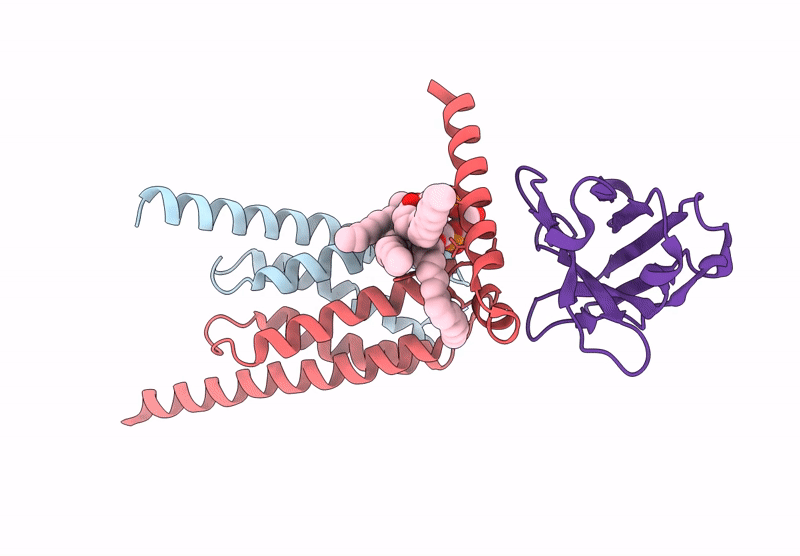
Deposition Date
2024-11-19
Release Date
2025-03-12
Last Version Date
2025-05-14
Entry Detail
PDB ID:
9KNX
Keywords:
Title:
Cryo-EM structure of human mitochondrial pyruvate carrier in the occluded conformation at pH 6.8
Biological Source:
Source Organism:
Homo sapiens (Taxon ID: 9606)
Host Organism:
Method Details:
Experimental Method:
Resolution:
3.72 Å
Aggregation State:
PARTICLE
Reconstruction Method:
SINGLE PARTICLE


